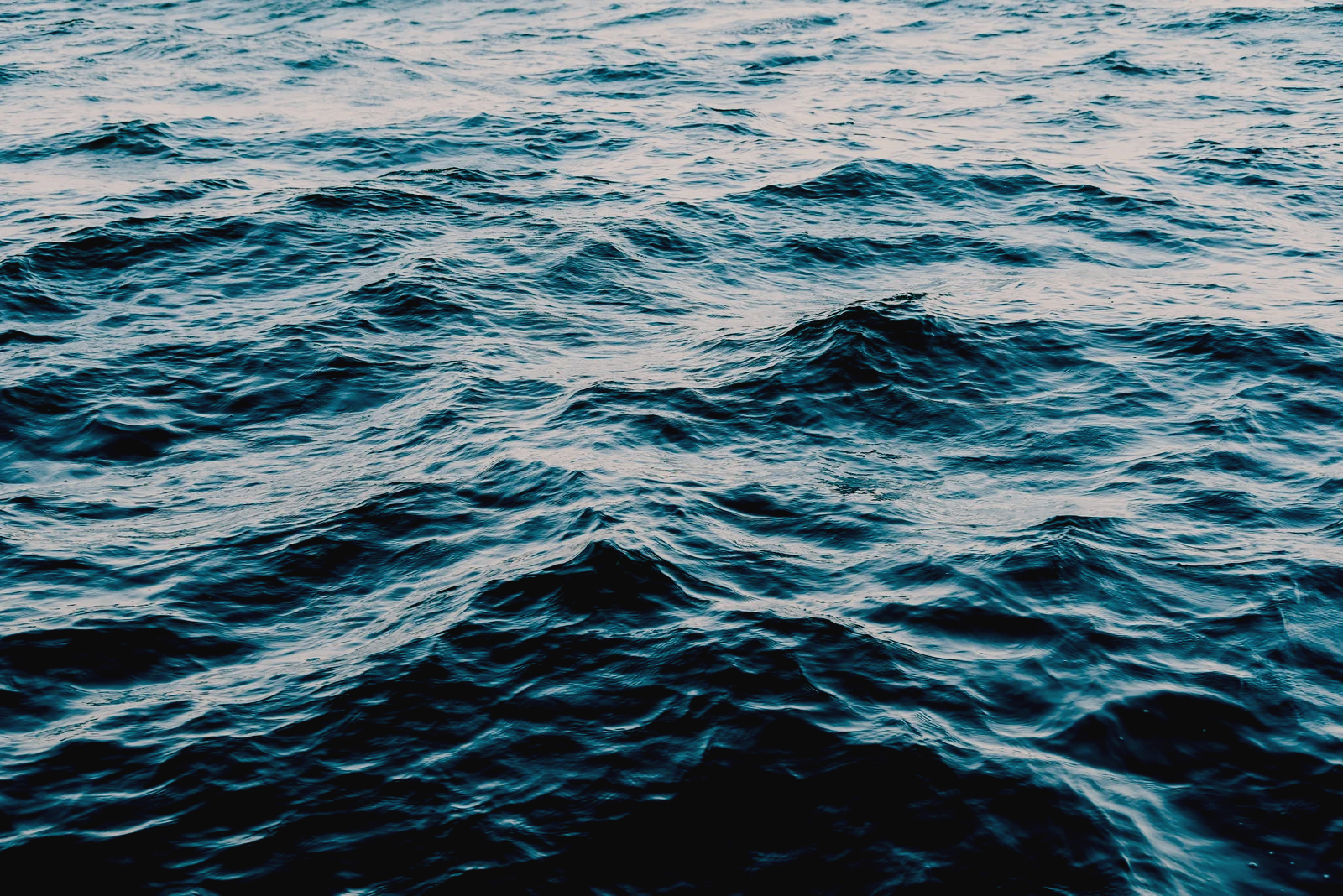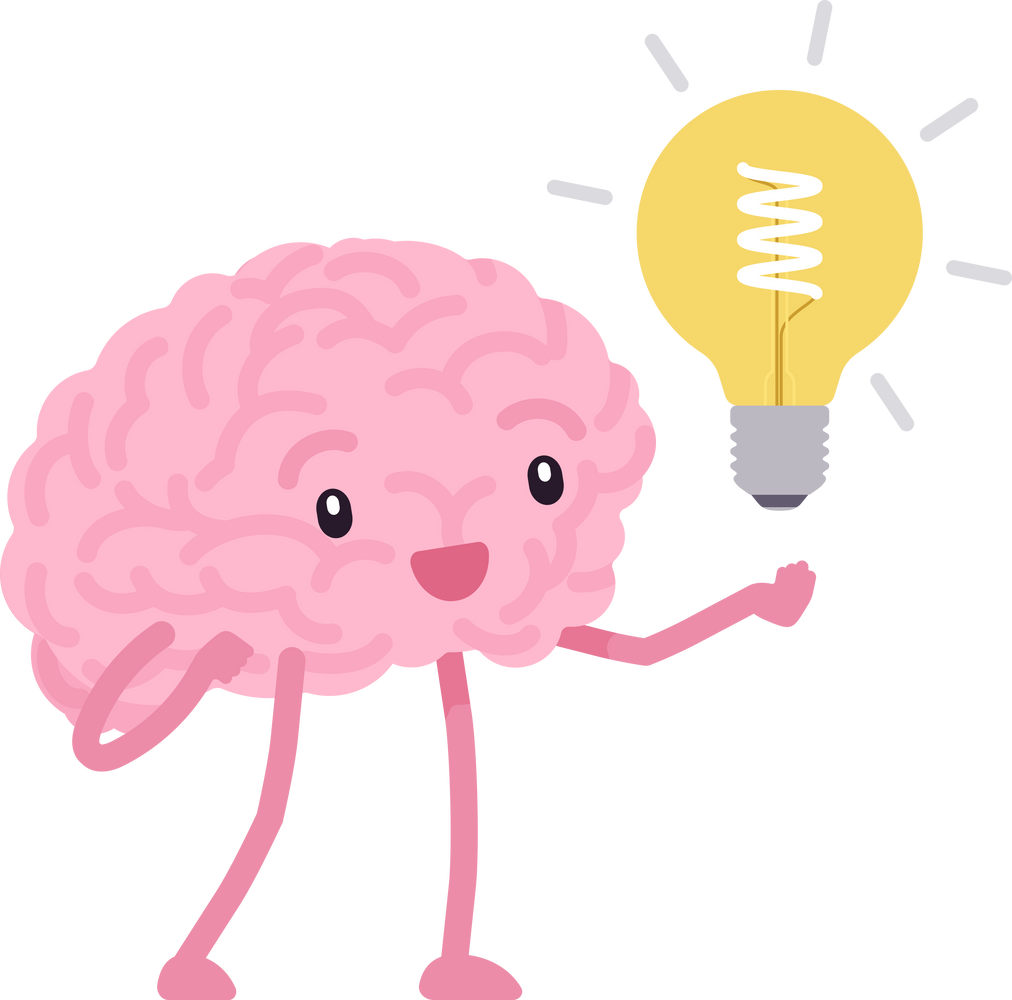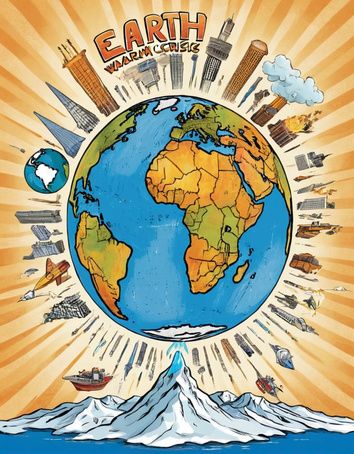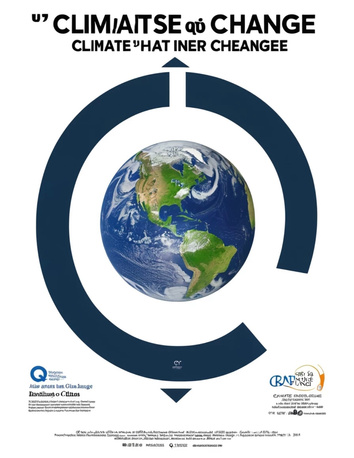
SDG Ocean Education: Fostering Sustainability Champions

lesson Plan & Goals
Due to excessive greenhouse gas emissions caused by frequent human activities, global warming is becoming increasingly severe. The ocean, as the Earth's largest temperature regulation system, absorbs vast amounts of heat as global average temperatures rise year by year, leading to the gradual increase in sea temperatures. Coral reefs, the tropical rainforests of the sea, are treasures of the ocean, quietly safeguarding marine life and biodiversity.
In Taiwan, the ocean is like a warm embrace, nurturing this land. Its blue waters give rise to abundant fisheries and a diverse coral reef ecosystem. For Taiwan, and indeed for every citizen around the world, the ocean is an immensely valuable and crucial resource. The ocean’s breath is intertwined with our lives, and protecting the ocean has become a responsibility for each of us.
Therefore, we hope to focus on global changes in sea temperatures and their impacts, zoom in on the current state of Taiwan’s ocean, and finally, based on our own experiences and issues, propose corresponding ideas to raise global awareness.
Pre-class preparation
According to the needs of the course, randomly divide the students into four major groups, each consisting of 7 students, and assign each student a position.
Equipment Manager
Responsible for organizing group equipment, classroom teaching tools, and assisting the teacher in distributing materials.
Digital Health Guardian
As digital products are required for the course, this position mainly monitors and reminds group members to
refrain from using digital products during non-usage times.
Speaker
Represents the group during intergroup sharing.
Recorder
Records the content of group discussions and assists the Speaker in explaining.
Atmosphere Leader
Stimulates group discussion atmosphere and provides new ideas within the group.

THE first class
Presenting the impact of rising sea temperatures on ecology by comparing data on coral bleaching in Florida and Taiwan.
Preparatory
activity
development activity
Comprehensive activity
The teacher introduces the course topic "Sea Temperature" through students' life and learning experiences.
(1) Question: Have you ever been to the beach? How do you feel about the temperature of the seawater?
(2) Question: Do you think the seawater temperature is the same in summer and
winter? Why?
(3) Question: Have you heard of global warming? Could global warming affect
the temperature of seawater? Why?


Review:
El Niño phenomenon



Make a prediction:
What do you think the changes in sea temperature over the past 20 years might look like? Why do you think so?

Introduce Software
Preparatory
activity
development activity
Comprehensive activity
(1) Question: After organizing the data, what phenomena did you observe?
(2) Question: Is this consistent with your previous predictions?

Observe the changes in sea temperature:
- Great Barrier Reef
- Florida Bay
- Central American Bay
- Gulf of Egypt

(1) Question: You all just conducted experiments, and we can see from long-term comparisons that the global average sea temperature is indeed rising. What impacts might higher sea temperatures have?
(2) Question: How does rising sea temperature affect coral reefs?





What is the Current Status of Coral Bleaching in Kenting?




Reference materials
1. Long-term Ecological Monitoring Program for Coral Reefs in Kenting National Park for the Year 111:
2. Ecological Catastrophe! Over 30% Coral Bleaching in Taiwan Due to Rising Sea Temperatures from 2020 to 2021:
https://www.chinatimes.com/newspapers/20230728000441-260114
3.Our Island:
https://ourisland.pts.org.tw/content/10914
Preparatory
activity
development activity
Comprehensive activity
Make some summary of this lesson
By cross-referencing NEO's sea temperature trend maps with the Coral Bleaching Alert Area maps, we can see that coral bleaching is closely related to rising sea temperatures. This increase in sea temperature not only affects the climate but also impacts marine life. Through this lesson, we hope students learn how to use different types of maps to analyze and think about their relationship, ultimately drawing conclusions based on their findings.


THE second class

Will coral bleaching affect fishery catches? (Focus on Taiwan's fishery catches)
Preparatory
activity
development activity
Comprehensive activity
We create and share reports, fact sheets, and videos on the state of our seas.
Use kahoot to ask students questions
These questions can be used to create a series of Kahoot! quiz questions to test whether students have fully understood the content of the video.
(a.) Question:
What percentage of marine animals depend on coral reefs for
survival?
Answer: 25%
(Options: 25%, 50%, 65%, 85%)
(b.) Question:
Which of the following is NOT a benefit of coral reefs to humans?
Answer: Obtaining more coral reef decorations.
(Options: Obtaining more coral reef decorations, Sustainable fishery resources, Reducing food crisis pressure, Bringing certain tourism
economic benefits)
Preparatory
activity
development activity
Comprehensive activity
Creating a Mind Map
The teacher guides students to think about how to create a mind map.
Teacher's instructions:
Remember the content from the previous lesson and the film we just watched. We
should have a clear understanding that "sea temperature" affects coral bleaching.
Think about what other impacts higher sea temperatures might have, in addition to
coral bleaching. Discuss in your groups and try to create a mind map representing your
group.
- Each group's【Equipment Manager】can pick up poster paper and coloring supplies.
- Group discussions and mind map creation (they can use 3C products to search for relevant literature).
- Group sharing and teacher feedback.
Preparatory
activity
development activity
Comprehensive activity
Make some summary of this lesson
Based on the mind map we created in this lesson, students can understand that changes in sea temperature not only affect coral reef ecosystems but also impact terrestrial ecosystems and other regions. In the next class, we will play a fun board game where you will simulate how to balance ecological environments and economics as fishermen under climate change. Will you let yourselves go hungry to protect the environment, or will you allow the environment to worsen for the sake of making more money? I look forward to your experiences during the game.


Resource Management Board
THE THIRD CLASS
Will coral bleaching affect fishery catches? (Focus on Taiwan's fishery catches)
Board Game:
"Fisherman Manager"
Victory Conditions:
- Ecological Health: Players must protect fishing resources, avoiding overfishing that could lead to ecological collapse.
- Economic Profitability: Fisheries must remain economically viable.
- Sustainability Index: Players’ actions in adopting sustainablepractices to prevent further climate change impacts.
Introduction to the Board Game:
Players take on the role of fishery operators with the goal of sustainably managing ocean resources in the face of climate change (rising sea temperatures), maintaining ecological balance, and ensuring the sustainable development of the fisheries. The player or team with the most resources and sustainable development plans at the end of the game wins.



Game Board
Event
Resources
Climate
Change
Player
Make some summary of this lesson
Make some summary of this lesson
Based on today’s board game, I believe you can see that the marine
ecological chain is a highly complex system. Not only does the“ sea temperature change”we discussed in the last two classes affect the
marine ecosystem, but any small variable can have a huge impact on
the entire marine ecosystem, and even the global ecological balance.
Therefore, in the next class, your goal will be to set an objective for Improving the health of the marine ecosystem, based on your experience, previous mind maps, and thoughts after today’s game. You will also design your solutions.


THE FOURTH CLASS
Will coral bleaching affect fishery catches? (Focus on Taiwan's fishery catches)
Preparatory
activity
development activity
Comprehensive activity
The teacher provides a simple template and ideas for students to reference.

example


Recall the content of the board game activity from the last lesson.
Preparatory
activity
development activity
Comprehensive activity
Start designing a poster!
Start designing a poster!
Example 1
- Problem to be solved: How can we reduce sea temperatures to slow down coral bleaching?
- Causes of rising sea temperatures: Global warming, ...
- Ways to reduce global warming?
- Among these methods, what can we personally do to help?
- Besides our own actions, how can we encourage others to join us?
Example 2
- Problem to be solved: Ocean pollution from marine debris.
- Causes of marine debris pollution?
- Ways to reduce marine debris pollution?
- Among these methods, what can we personally do to help?
- Besides our own actions, how can we encourage others to join us?
☆ Teacher's Instructions:
"Consider how the words, illustrations, and layout on your posters can
easily attract people’s attention.”
Students will figure out a poster per team, including a sentence or interesting pictures to publicize citizens about marine sustainability.

Preparatory
activity
development activity
Comprehensive activity
Make some summary of this lesson
After four lessons, I believe the students now have a deeper understanding of how to use data to observe sea temperature changes and how these changes impact the environment. They also realize that, in addition to sea temperature, other factors can pose threats to the ocean. Through the final class, where they designed posters with their group members, they were able to exchange ideas on this topic and gain insights from different perspectives. Most importantly, the students have come to understand that the rise in sea temperatures will directly or indirectly affect our lives, and therefore, we must take immediate action to address the issues facing the marine environment!


